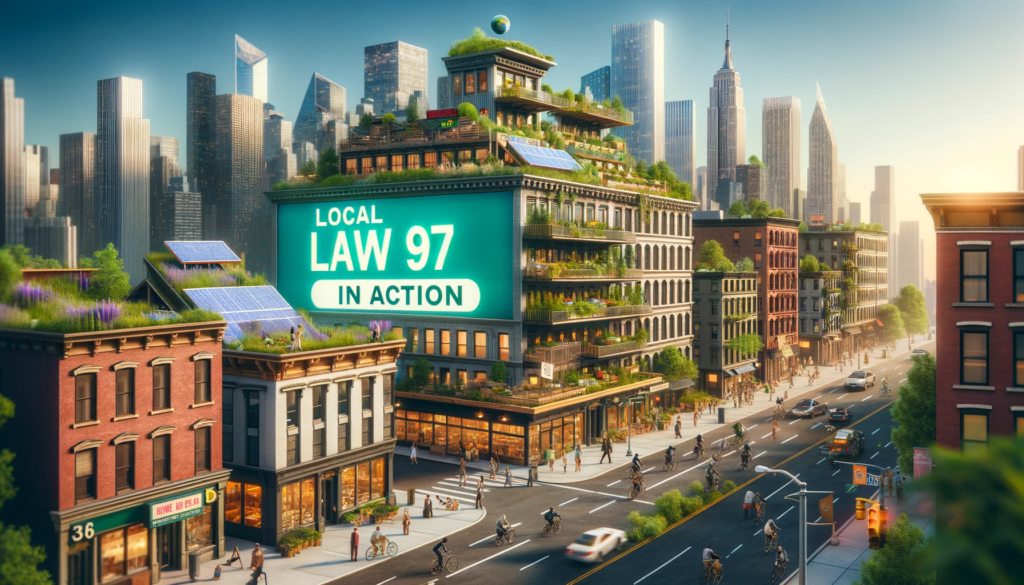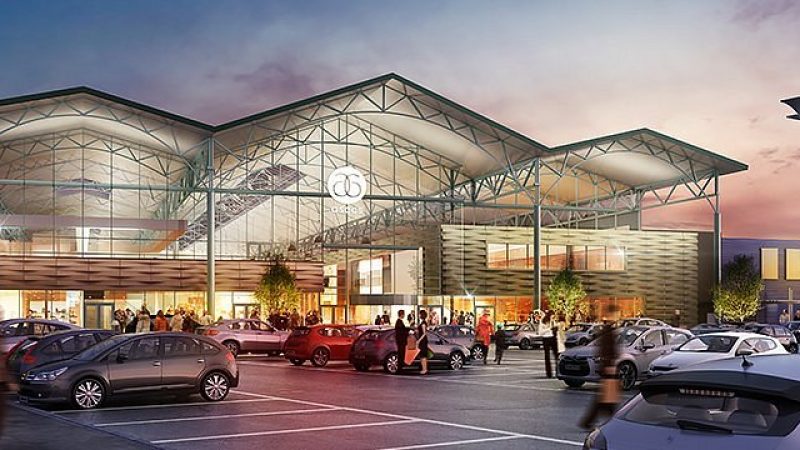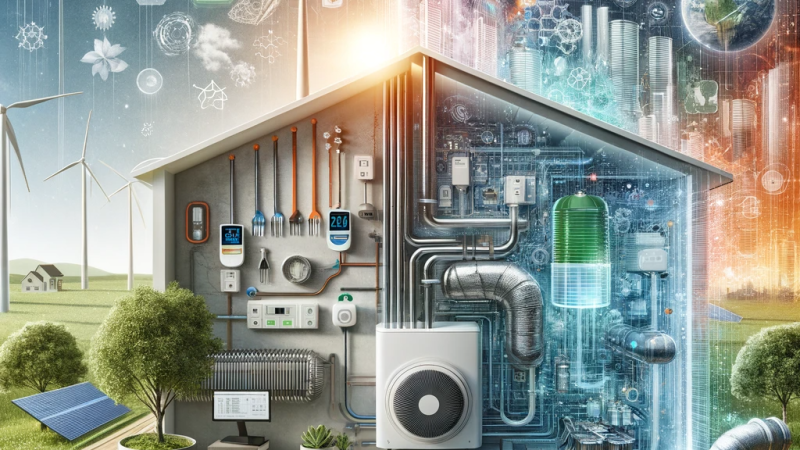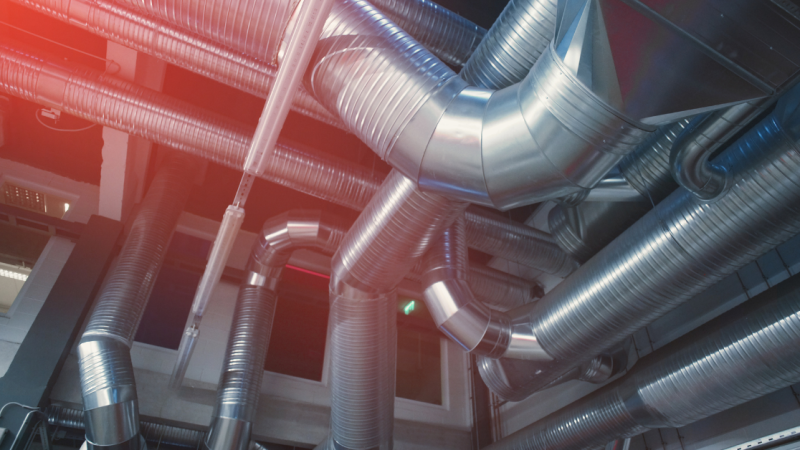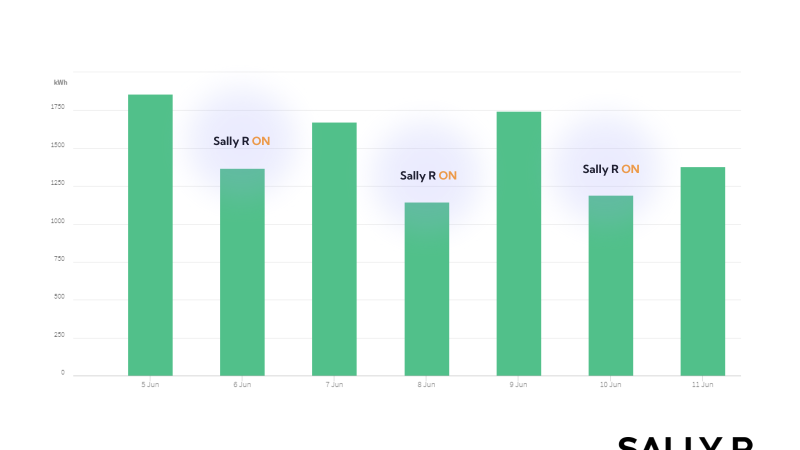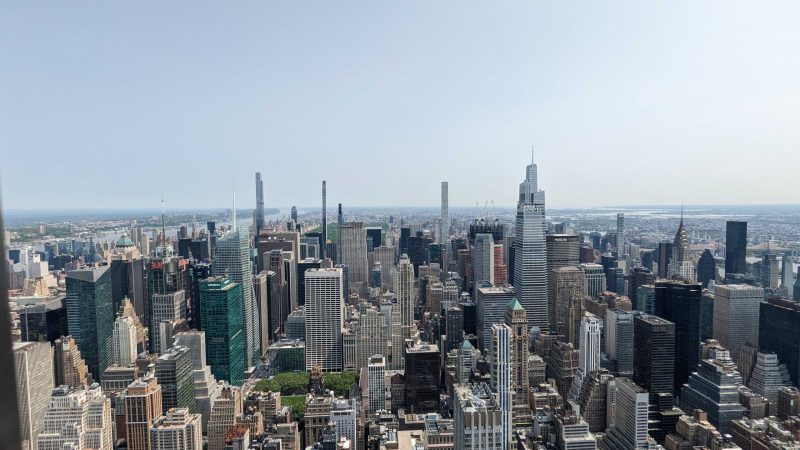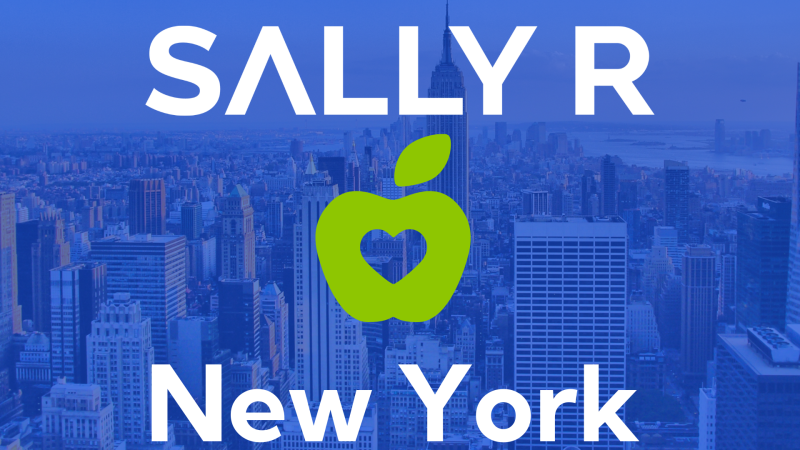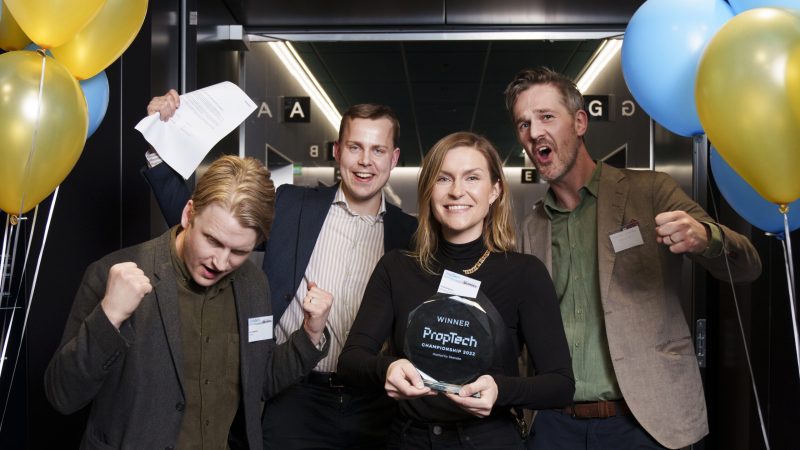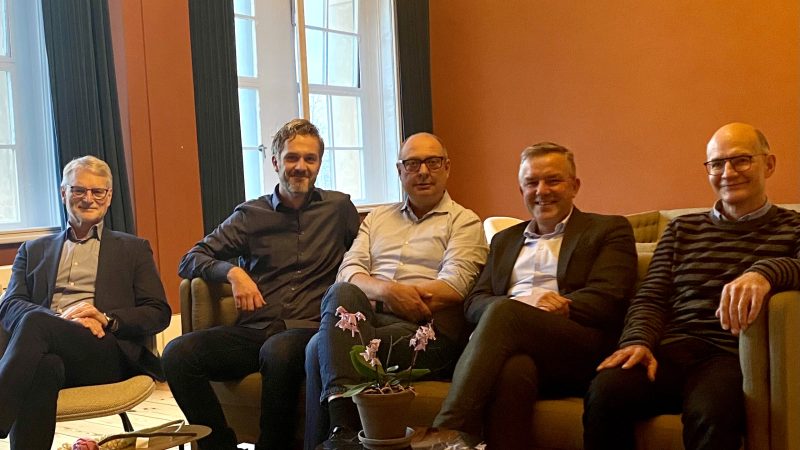In the pursuit of a sustainable and eco-friendly future, cities around the world are implementing measures to reduce carbon emissions and combat climate change.
One such initiative is Local Law 97 in New York City, which aims to limit greenhouse gas emissions from large buildings. As the city strives to meet its ambitious environmental goals, optimizing HVAC (Heating, Ventilation, and Air Conditioning) plays a crucial role in achieving the targets set by Local Law 97.
Understanding Local Law 97
Local Law 97, passed in 2019 as part of the Climate Mobilization Act, sets emissions limits for buildings larger than 25,000 square feet. The goal is to reduce carbon emissions by 40% by 2030 and 80% by 2050. With buildings being significant contributors to greenhouse gas emissions, optimizing HVAC systems emerges as a key strategy to align with these targets.
The Impact of HVAC Systems on Emissions
HVAC systems are vital for maintaining comfortable indoor environments. But they also account for a substantial portion of a building’s energy consumption. Inefficient HVAC systems contribute to higher energy usage and, consequently, increased carbon emissions. Addressing these systems is essential for buildings to comply with Local Law 97 and support the broader environmental agenda.
How to optimize HVAC Systems for sustainability
- Energy-Efficient Equipment.
Upgrading to energy-efficient HVAC equipment can significantly reduce energy consumption. High-efficiency heating and cooling systems, smart thermostats, and advanced ventilation technologies can make a substantial impact on a building’s carbon footprint. - Smart Building Automation.
Implementing smart building automation for better control and optimization of HVAC operations. These systems use sensors and data analytics to adjust heating and cooling based on occupancy, weather conditions, and other factors, ensuring optimal energy use. - Regular Maintenance and Upkeep.
Proper maintenance of HVAC systems is crucial for efficiency. Regular inspections, cleaning, and timely repairs help prevent energy wastage and ensure that systems operate at peak performance. - Renewable Energy Integration.
Incorporating renewable energy sources, such as solar panels or geothermal systems, can further reduce the carbon footprint of HVAC operations. By harnessing clean energy, buildings can move closer to achieving the emission reduction goals set by Local Law 97.
Local Law 97 represents a significant step towards a more sustainable future for NYC. Optimizing HVAC-systems is a key element in meeting the emission reduction targets. Building owners- and managers must prioritize energy efficiency, embrace new technologies, and invest in sustainable practices. Not only to comply with the law, but also contribute to a healthier and greener urban environment. As cities worldwide grapple with the challenges of climate change, Local Law 97 serves as a model for proactive measures. And this can be replicated and adapted globally.
